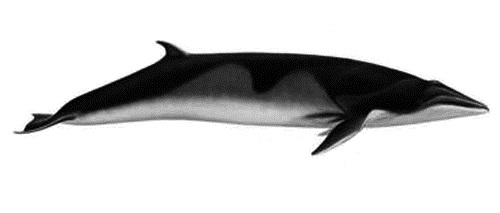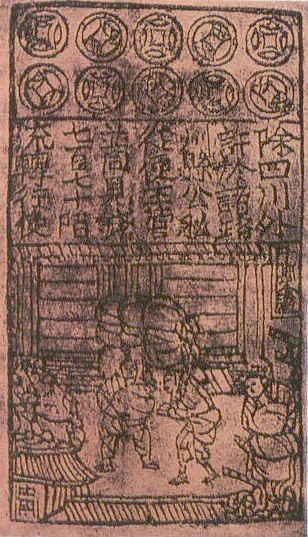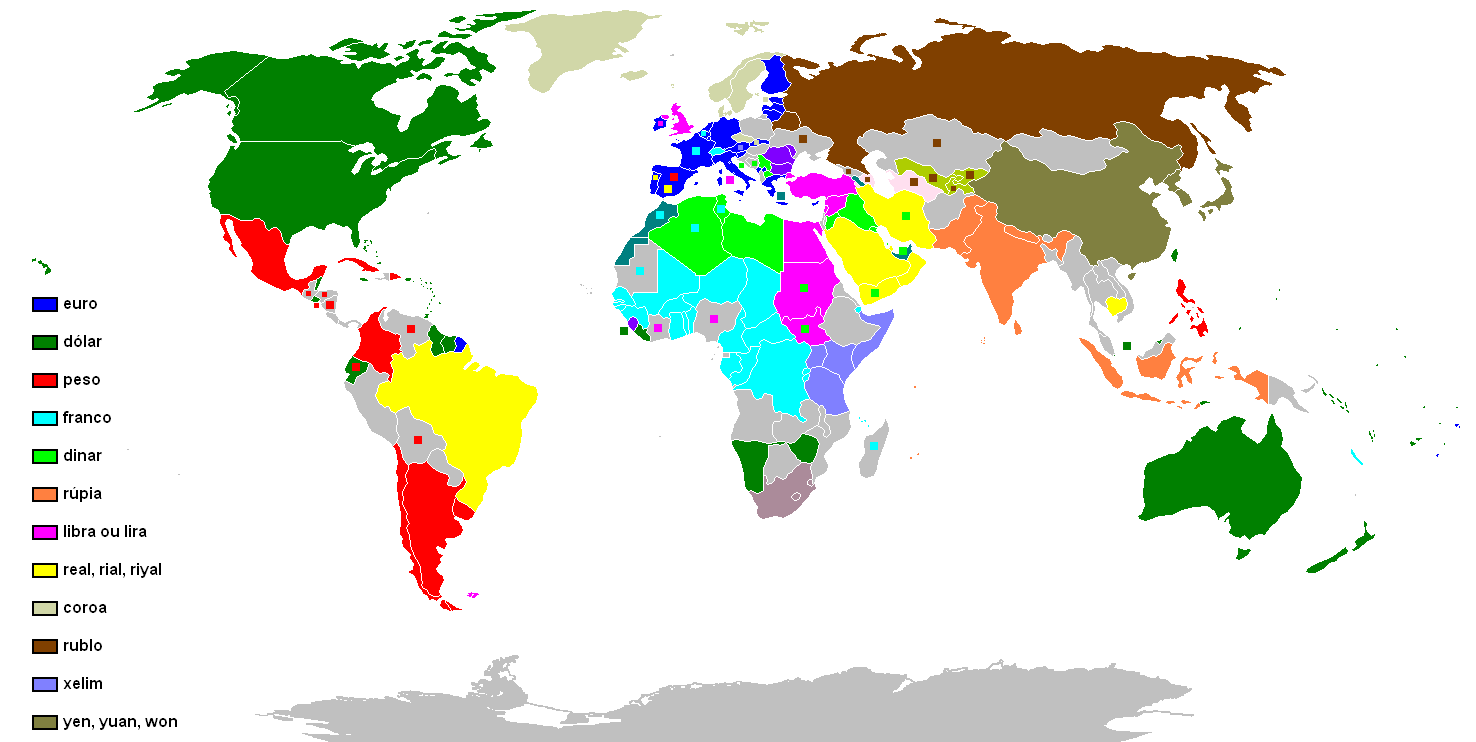|
Ariary
The ariary (currency sign, sign: Ar; ISO 4217 code MGA) is the currency of Madagascar. It is notionally subdivided into 5 ''iraimbilanja'' and is one of only two non-decimal currencies currently circulating (the other is the ''Mauritanian ouguiya''). The names ariary and iraimbilanja derive from the pre-colonial currency, with ariary (from the Spanish word "Spanish colonial real, real") being the name for a silver dollar. Iraimbilanja means "one iron weight" and was the name of an old coin worth of an ariary. However, as of May 2023, the unit is effectively obsolete since the iraimbilanja has practically no purchasing power, and the coins have fallen into disuse. History The ariary was introduced in 1961. It was equal to 5 Malagasy francs. Coins and banknotes were issued denominated in both francs and ariary, with the sub-unit of the ariary, the ''iraimbilanja'', worth of an ariary and therefore equal to the franc. The ariary replaced the franc as the official currency of Madaga ... [...More Info...] [...Related Items...] OR: [Wikipedia] [Google] [Baidu] |
Economy Of Madagascar
The economy of Madagascar is billion by gross domestic product as of 2020, being a market economy and is supported by an agriculture, agricultural industry and emerging tourism, textile and mining industries. Malagasy agriculture produces tropical staple crops such as rice and cassava, as well as cash crops such as vanilla and coffee. Malagasy exports from customs protocol in some areas, notably the United States and the European Union. These exemptions have supported the growth of the Malagasy textile industry. Despite natural resources and developing industries, the 2009 Malagasy political crisis—considered by the international community to be an illegal coup—deterred foreign investments in Madagascar and caused the Malagasy economy to decline. Foreign investments have resumed following the resumption of elections in early 2014. Madagascar is a Least developed countries, least developed country according to United Nations. Madagascar's economy at 2024 is one of the fastes ... [...More Info...] [...Related Items...] OR: [Wikipedia] [Google] [Baidu] |
Madagascar
Madagascar, officially the Republic of Madagascar, is an island country that includes the island of Madagascar and numerous smaller peripheral islands. Lying off the southeastern coast of Africa, it is the world's List of islands by area, fourth largest island, the List of island countries, second-largest island country, and the List of countries and dependencies by area, 46th largest country overall. Its capital and List of cities in Madagascar, largest city is Antananarivo. Following the prehistoric breakup of the supercontinent Gondwana, Madagascar split from Africa during the Early Jurassic period, around 180 million years ago, and separated from the Indian subcontinent approximately 90 million years ago. This isolation allowed native plants and animals to evolve in relative seclusion; as a result, Madagascar is a biodiversity hotspot and one of the world's 17 megadiverse countries, with over 90% of its wildlife of Madagascar, wildlife being endemic. The island has ... [...More Info...] [...Related Items...] OR: [Wikipedia] [Google] [Baidu] |
Iraimbilanja
The iraimbilanja (singular and plural) is the divisory currency unit of Madagascar, being equal to one fifth of an ariary. Etymology Iraimbilanja means literally "one iron weight" and was the name of an old coin worth of an ariary. Value The old Malagasy franc is equal in value to one iraimbilanja. As of 1 January 2023 the value of one iraimbilanja is US$0.000044 /Cent (currency), ¢0.0044. References [...More Info...] [...Related Items...] OR: [Wikipedia] [Google] [Baidu] |
Malagasy Franc
The franc (ISO 4217 code ''MGF'') was the currency of Madagascar until 1 January 2005. It was subdivided into 100 centimes. In Malagasy the corresponding term for the franc is ''iraimbilanja'', and five Malagasy francs is called ''ariary''. History The first francs to circulate in Madagascar were French francs. These were supplemented during the First World War by emergency issues, including issues of postage stamps fixed to pieces of card in denominations of 0.05 up to 2 francs. The Banque de Madagascar was created on 1 July 1925 by the French government. The currency was issued by the government-owned ''Banque de Madagascar'' and was pegged at par to the French franc. Only banknotes were issued with French coins continuing to circulate. When the Comoro Islands became a separate French territory, the name of the issuing bank was changed to Banque de Madagascar et des Comores. The Madagascar-Comores CFA franc (XMCF) replaced the franc of Madagascar on 26 December 1945, with ... [...More Info...] [...Related Items...] OR: [Wikipedia] [Google] [Baidu] |
Humpback Whale
The humpback whale (''Megaptera novaeangliae'') is a species of baleen whale. It is a rorqual (a member of the family Balaenopteridae) and is the monotypic taxon, only species in the genus ''Megaptera''. Adults range in length from and weigh up to . The humpback has a distinctive body shape, with long pectoral fins and tubercles on its head. It is known for Cetacean surfacing behaviour, breaching and other distinctive surface behaviors, making it popular with whale watching, whale watchers. Males produce a complex Whale sound, song that typically lasts from 4 to 33 minutes. Found in oceans and list of seas, seas around the world, humpback whales typically animal migration, migrate between feeding areas towards the poles and breeding areas near the equator. They feed in Polar region, polar waters and migrate to tropics, tropical or subtropical waters to breed and give birth. Their diet consists mostly of krill and small fish, and they usually Bubble-net feeding, use bubbles to c ... [...More Info...] [...Related Items...] OR: [Wikipedia] [Google] [Baidu] |
Currencies Introduced In 1961
A currency is a standardization of money in any form, in use or circulation as a medium of exchange, for example banknotes and coins. A more general definition is that a currency is a ''system of money'' in common use within a specific environment over time, especially for people in a nation state. Under this definition, the British Pound sterling (£), euros (€), Japanese yen (¥), and U.S. dollars (US$) are examples of (government-issued) fiat currencies. Currencies may act as stores of value and be traded between nations in foreign exchange markets, which determine the relative values of the different currencies. Currencies in this sense are either chosen by users or decreed by governments, and each type has limited boundaries of acceptance; i.e., legal tender laws may require a particular unit of account for payments to government agencies. Other definitions of the term ''currency'' appear in the respective synonymous articles: banknote, coin, and money. This article u ... [...More Info...] [...Related Items...] OR: [Wikipedia] [Google] [Baidu] |
Currencies Of Madagascar
A currency is a standardization of money in any form, in use or circulation as a medium of exchange, for example banknotes and coins. A more general definition is that a currency is a ''system of money'' in common use within a specific environment over time, especially for people in a nation state. Under this definition, the British Pound sterling (£), euros (€), Japanese yen (¥), and U.S. dollars (US$) are examples of (government-issued) fiat currencies. Currencies may act as stores of value and be traded between nations in foreign exchange markets, which determine the relative values of the different currencies. Currencies in this sense are either chosen by users or decreed by governments, and each type has limited boundaries of acceptance; i.e., legal tender laws may require a particular unit of account for payments to government agencies. Other definitions of the term ''currency'' appear in the respective synonymous articles: banknote, coin, and money. This article uses ... [...More Info...] [...Related Items...] OR: [Wikipedia] [Google] [Baidu] |
Mantella Baroni
''Mantella baroni'' (often known by its common names, such as Baron's mantella, the variegated golden frog, or the Madagascar poison frog) is a species of small poisonous frog in the family Mantellidae. The species was first formally species description, described by George Albert Boulenger in 1888, who penned the species' Binomial nomenclature, binomial after Richard Baron (botanist), Richard Baron, an English botanist and missionary to Madagascar, who collected and studied the species. Distribution, habitat, and conservation status Like other species in Mantellidae, this taxon is Endemism, endemic to Madagascar. This family is estimated to have colonized the island of Madagascar 76–87 million years ago, evolving in insular seclusion, and Adaptive radiation, adaptively radiating in geographic range and number of species on the island. Mantellidae are phylogenetically related to Asiatic frogs, and therefore probably represent a dispersal event from Asia. This is one of appr ... [...More Info...] [...Related Items...] OR: [Wikipedia] [Google] [Baidu] |
Holy Name Of Jesus Cathedral, Fianarantsoa
The Holy Name of Jesus Cathedral ( ) is a religious building that serves as a cathedral of the Catholic Church and is located in the town of Fianarantsoa, in the highlands of African island country of Madagascar Madagascar, officially the Republic of Madagascar, is an island country that includes the island of Madagascar and numerous smaller peripheral islands. Lying off the southeastern coast of Africa, it is the world's List of islands by area, f .... It is located specifically in the ''Rue du Rova'' (Rova Street), in the old town, and is the seat of the Archdiocese of Fianarantsoa (Latin: ''Archidioecesis Fianarantsoaensis''). See also * Catholic Church in Madagascar References Roman Catholic cathedrals in Madagascar Buildings and structures in Fianarantsoa 1871 establishments in Africa Roman Catholic churches completed in 1890 19th-century Roman Catholic church buildings in Madagascar {{Madagascar-stub ... [...More Info...] [...Related Items...] OR: [Wikipedia] [Google] [Baidu] |
Nosy Hara National Park
Nosy Hara or Nosy Hara National Park is an uninhabited limestone islet in the Diana Region off the northwest coast of Madagascar. It is the habitat of Brookesia micra, the smallest known chameleon. Since 2007, Nosy Hara has been part of a Marine Protected Area A marine protected area (MPA) is a protected area of the world's seas, oceans, estuaries or in the US, the Great Lakes. These marine areas can come in many forms ranging from wildlife refuges to research facilities. MPAs restrict human activity .... References Islands of Madagascar Diana Region Uninhabited islands of Madagascar National parks of Madagascar {{Madagascar-geo-stub ... [...More Info...] [...Related Items...] OR: [Wikipedia] [Google] [Baidu] |
Montagne D'Ambre National Park
Montagne d'Ambre National Park is a national park in the Diana Region of northern Madagascar. The park is known for its endemic flora and fauna, water falls and crater lakes. It is north of the capital, Antananarivo, and is one of the most biologically diverse places in all of Madagascar with seventy-five species of birds, twenty-five species of mammals, and fifty-nine species of reptiles known to inhabit the park. Geography The park covers an area of on an isolated volcanic massif, of mostly basaltic rock, above the surrounding dry region. Attractions include spectacular waterfalls and several crater lakes. There are numerous rivers and streams and the park is a water catchment area for the town of Antsiranana, which is surrounded by dry, sparse forests and semi-desert with succulent plants. Annual rainfall in the park is compared with around the town. The area is named after the deposits of copal, a soft form of amber. Amber is one of the most accessible parks in northern ... [...More Info...] [...Related Items...] OR: [Wikipedia] [Google] [Baidu] |
Karst Topography
Karst () is a topography formed from the dissolution of soluble carbonate rocks such as limestone and Dolomite (rock), dolomite. It is characterized by features like poljes above and drainage systems with sinkholes and caves underground. There is some evidence that karst may occur in more weathering-resistant rocks such as quartzite given the right conditions. Subterranean drainage may limit surface water, with few to no rivers or lakes. In regions where the dissolved bedrock is covered (perhaps by debris) or confined by one or more superimposed non-soluble rock strata, distinctive karst features may occur only at subsurface levels and can be totally missing above ground. The study of ''paleokarst'' (buried karst in the stratigraphic column) is important in petroleum geology because as much as 50% of the world's Oil and gas reserves and resource quantification, hydrocarbon reserves are hosted in carbonate rock, and much of this is found in porous karst systems. Etymology ... [...More Info...] [...Related Items...] OR: [Wikipedia] [Google] [Baidu] |




